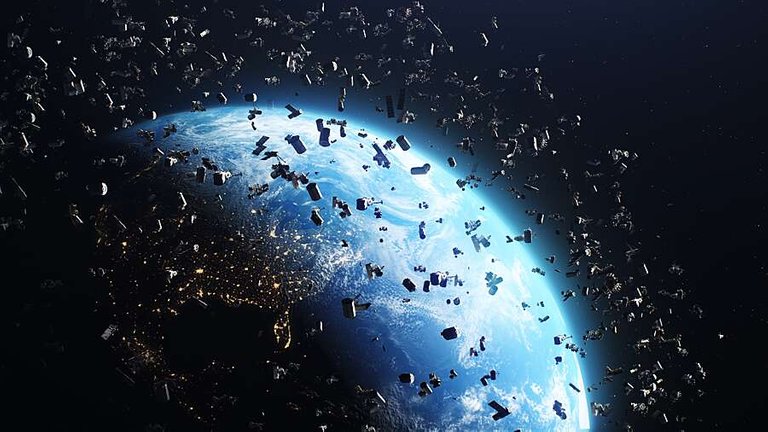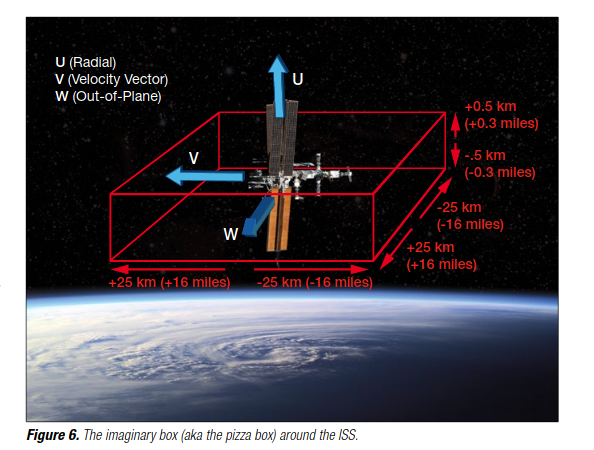Space debris and spacecraft protection procedures

source
Space debris is any piece of machinery and small pieces of various meteorites which are rotating in the orbit of our earth. space debris broken parts of various space vehicles and satellites. If a satellite is useless and cannot be controlled, it also becomes space debris. It is also called space junk.
Meteors are formed by the collision of asteroids. they become trapped in the sun's orbit. These meteors are a type of space debris that can cause damage to any spacecraft. Meteors can enter Earth's orbit and pose a danger to spacecraft. Basically all types of space debris want to fall to Earth, so they orbit the Earth
Various companies and countries are sending satellites into Earth's orbit. The race to send satellites into space is going on. As a result, the amount of space debris is constantly increasing in space. NASA's Defense Department's Global Space Surveillance Network (SSN) sensor that can track space debris. It tracked more than 27,000 pieces of orbital space debris. A lot of space debris has been tracked that is very small, but could damage human spaceflight and robotic missions. Wondering how such small objects could damage spacecraft. Suppose a bullet with very low velocity hits you and nothing will happen to you. But a high velocity bullet can kill you if it hits you. Speed does matter. The speed of this small space debris is more than 15,700 miles per hour. Now think how dangerous they are. It can cause the destruction of spacecraft .
NASA says there are approximately 23,000 pieces of debris larger than a softball orbiting Earth at speeds up to 17,500 mph. Now imagine how capable they are of damaging a satellite or spacecraft. In addition, debris of various sizes is traveling in space. For example, a marble or larger in diameter ie 0.4 inch, up to 1 centimeter or larger in diameter, and about 0.04 inch in diameter, smaller micrometer size that is 0.000039 in diameter, one inch of debris. These small space debris number about 100 million.
Spacecraft travel at very high speed and even this debris. Small particles can damage a spacecraft while traveling at such speeds. History has witnessed such damages of spacecraft
In 1996, a French satellite was damaged by debris from their own rocket. That rocket was blasted into space a decade ago of 1996. Their spacecraft were damaged by their own debris.
On February 10, 2009, the US Iridium commercial spacecraft exploded along with a missing Russian spacecraft. . The collision produced more than 2,300 large pieces of debris and countless smaller pieces of debris.
China conducted anti-satellite tests in 2007. It destroys a bad weather satellite. which produced more than 3,500 large and many smaller pieces of debris.
It is important to protect spacecraft from space debris, so the Department of Defense is always tracking space debris. They list objects larger than softballs at about 10 centimeters in size.NASA reports that, NASA and the Department of Defense share responsibility for protecting the spacecraft and monitoring the debris environment. The Department of Defense's (DoD) Space Surveillance Network tracks objects up to 2 inches in diameter in low-Earth orbit. This segment tracks isolated objects as small as about 1 m in geosynchronous orbit. They use special ground-based sensors to track these objects.

source
NASA has a long-standing set of guidelines to ensure the safety of the space station and its crew. These guidelines essentially draw an imaginary box of space. Drawing is based on space. This box is about 2.5 miles deep by 30 miles wide by 30 miles long with the International Space Station at its center. When an object approaches this box area of the International Space Station, the probability of collision is calculated and if necessary the International Space Station is moved out of the orbital path of space debris thus avoiding an accident.
If there is a high probability of collision with space debris, in this case, the control centers transfer the crew to the Russian Soyuz or US commercial crewed spacecraft and consider the best course of action. The Soyuz, or US commercial crewed spacecraft, is used to transport humans from the space station to Earth. As a result, if the space station is severely damaged, the crew can leave it and return to Earth. And if there is no conflict then the crew can resume their work. Some of the station's modules have crew close quarters to take extra precautions in mission control if the chance of a collision is high enough.
Various techniques are adopted to avoid collision of debris with spacecraft. With a chance of colliding with the space station greater than 1 in 100,000, a maneuver would be performed if it would not affect mission objectives. Again if it is more than 1 in 10,000, a maneuver will be carried out to protect the crew.
These systems are widely used to protect spacecraft and space stations from space debris, thereby avoiding collisions. Implementation of collision avoidance procedures first began with mission STS-26 in 1988. The Space Force Space Surveillance Network is playing an important role in tracking space debris. Since 1999, 29 debris avoidance maneuvers have been conducted to protect the International Space Station. They are performing their duties successfully.
References
NASA
Thanks for reading
Best regards

Thanks for your contribution to the STEMsocial community. Feel free to join us on discord to get to know the rest of us!
Please consider delegating to the @stemsocial account (85% of the curation rewards are returned).
Thanks for including @stemsocial as a beneficiary, which gives you stronger support.